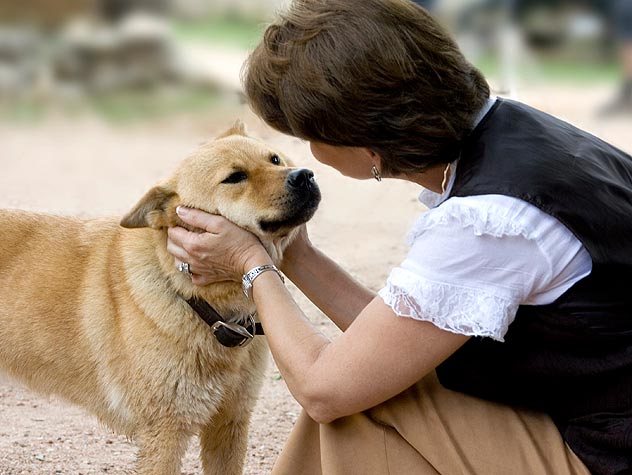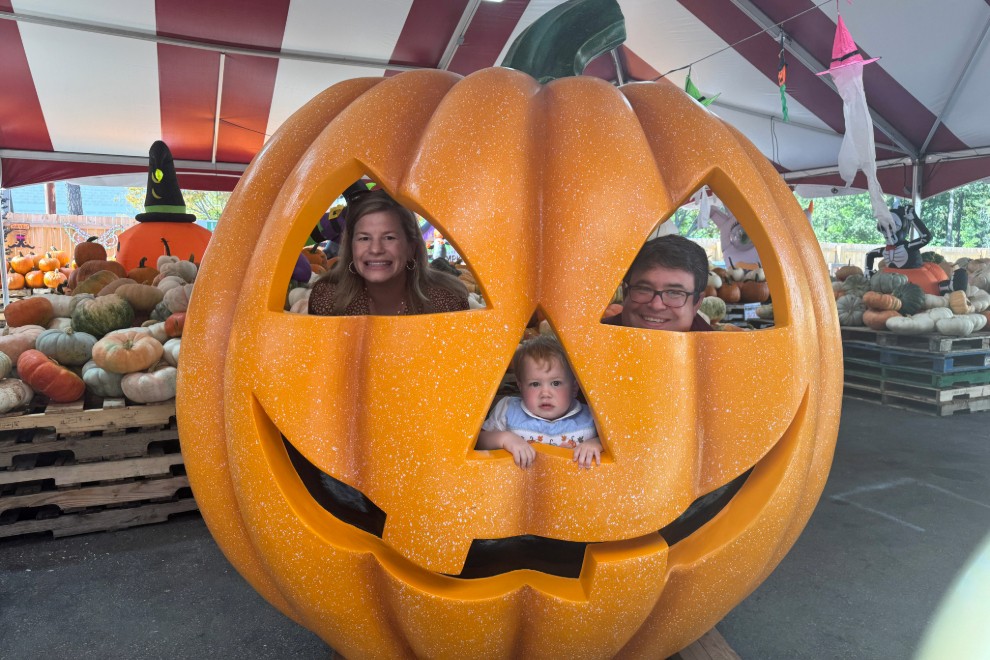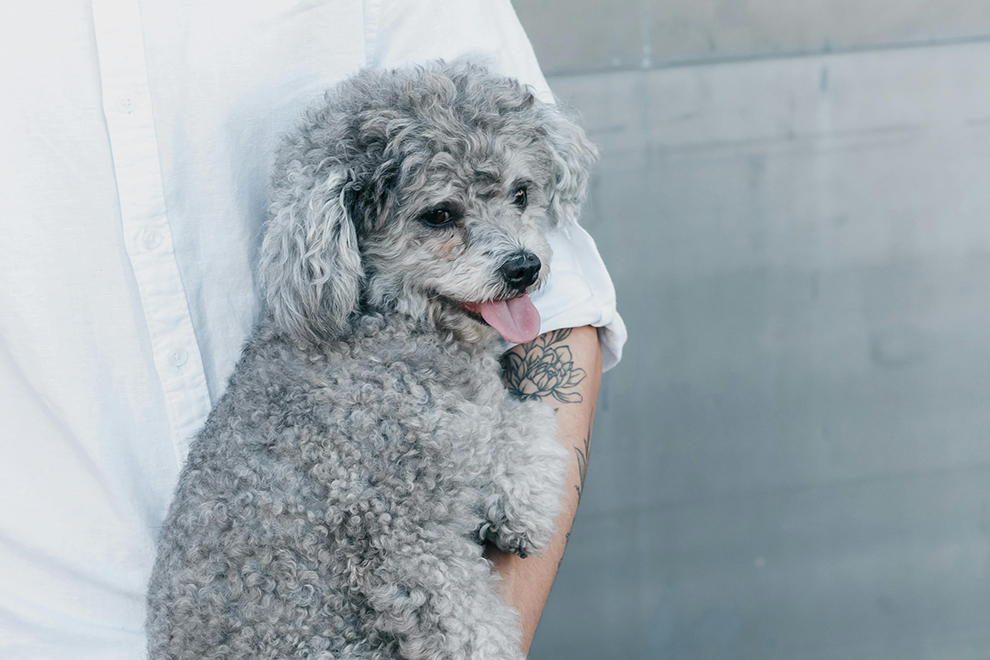Whether you have a young puppy or a new rescue dog, following some basic steps for crate training will help ease the transition.
There are many benefits of properly crate training a dog. Crating provides sanctuary, offering settle time for a dog and giving families a chance to regroup. This downtime also helps prevent destruction. When pups are bored and/or tired, they often look for objects to chew as either entertainment or for comfort. Just like babies, pups need to nap – and nap often. Depending on the breed and energy level, little ones typically have bursts of energy, varying in time, combined with rest times. Use the crate for these rest times as an opportunity to reinforce training while letting the pup rest in a safe environment.
When using a crate in conjunction with house training, time spent training can be significantly reduced. Typically, puppies will not eliminate in a crate because it is their den. A den to a puppy is a place to sleep, not pee or poop. I have personally seen a 2-week-old puppy, eyes still closed, crawl out of a doghouse to relieve itself. The puppy’s sense of den (place to sleep, not tinkle) is instinctual, and early crate training is especially helpful in the process.
The three basic types of crate are metal, plastic, and soft-side. Metal crates are made of wire with a solid plastic bottom. These allow air to pass through (great for dogs that tend to be hot), and are typically easy to both move around and store. Plastic crates are airline-approved and bulky, but lightweight. They are typically less expensive than metal crates. They are also more den-like, as the solid walls project a closed or covered feel to your dog. Soft-sided crates are most commonly used for small dogs and often have handles to carry over your shoulder.
From the time you bring home your puppy, you want to begin introducing the puppy to the crate. Crating should be done very matter-of-factly. Giving your pup commands next to (but still outside) the crate just before crating, before coming out of the crate, and immediately after he gets out, can be beneficial in relating the crate to work for your pup. For example, grab five treats and practice commands near the crate (such as sit) with rewards; end by throwing the last treat in the crate for the last command. To the pup, going in the crate for that last treat becomes another command. Most pups are happy to work for you for those rewards, thus creating a positive, happy-to-be-working-for-you (and treats!) atmosphere.
Crate manners are important as well. Puppies should only be let out of the crate when quiet. If your pup whines, barks, or scratches while in the crate, calming techniques should be used to quiet him before you let him out. One calming technique involves standing near the crate with your back to the crate, breathing deeply, ignoring the noise. Another way to calm your crated pup is to kneel sideways by the crate, while giving a calm, soothing shhhhh sound. In both techniques, reward a quiet moment by quickly, but calmly, letting your pup out of the crate. It is best not to give direct attention to a noisy pup, so do not greet him when letting him out, do not talk to him, or make eye contact while in the crate.
As a general part of training, I recommend throwing treats in the crate and walking away, allowing the puppy to go in the crate without the concern of being locked in. For nervous puppies, you may even consider tying the door open so as to keep it from banging closed and making a startling, scary noise. After the puppy is comfortable with entering the crate on his own, throw the treat in and stay close, encouraging the puppy to get the treat out of the crate while you are nearby. You can do this often throughout the day. This is also a good time to feed your puppy in and around the crate. I often encourage clients to feed their pups by hand to develop a strong bond.
Once your puppy is comfortable with this stage, move on to throwing the treat in the crate, closing the door, then opening it almost immediately. As you practice this, increase the amount of time the door is closed. During times when your pup is tired, tossing the treat in the crate, then leaving the door closed while he naps helps transition to a more extended time in the crate. Continue increasing this time, eventually leaving the room and
then the house.
Being able to walk away with the crate door closed takes a different amount of time for each pup and should be done at a pace that suits your dog. If you have to leave the puppy for an extended time, before they have reached that point in their training, do it with confidence and without emotion. Remember, practicing this often during the day – ten to twenty times daily – is beneficial in avoiding nighttime whining and fussing from the puppy while he is in the crate.






